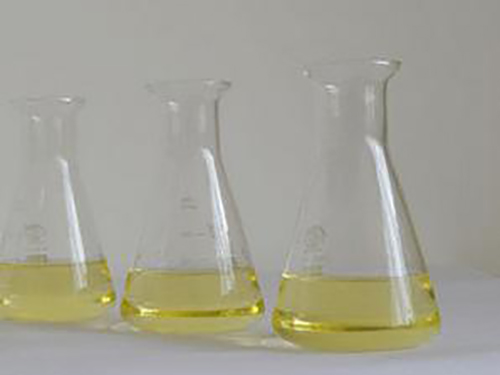1 月 . 25, 2025 00:56
Back to list
function of poly aluminium chloride in water treatment
Poly aluminium chloride (PAC) has swiftly gained prominence in the realm of water treatment due to its multifaceted benefits and unmatched performance in a variety of water treatment applications. As environmental concerns and regulations heighten, industries and municipalities worldwide seek effective solutions for water purification. Understanding the integral role of PAC in this domain is crucial for industry professionals and environmentalists alike who aim to optimize their water treatment processes.
The environmental impact of PAC use in water treatment cannot be overstated. As industries globally grapple with tightening environmental regulations, the low residual aluminum content of PAC-treated water is a significant advantage. Compared to traditional coagulants, PAC generally leaves behind fewer aluminum residuals, which means there's reduced risk of potential toxicity in drinking water supplies. This aligns with global efforts to ensure safer, cleaner water without compromising environmental integrity. Keen attention to procedural details enhances the trustworthiness of employing PAC in water treatment. The precise dosage and application methods are crucial; overuse or underuse cannot yield the desired results and might even counteract the benefits. Experienced practitioners recommend conducting jar tests to determine optimal dosages specific to the characteristics of the raw water being treated. Additionally, collaboration with PAC suppliers who provide robust technical support can offer tremendous value, ensuring that end users navigate the intricacies of incorporating PAC into their water treatment systems. PAC's role as an innovative solution comes to the fore with its ability to integrate seamlessly with existing systems. Water treatment plants transitioning to PAC from other coagulants often find the process smooth, requiring minimal infrastructural changes. This adaptability fosters confidence among plant managers and engineers seeking to enhance operational efficiency without incurring prohibitive upgrade costs. In summation, poly aluminium chloride is an ally in the quest for superior water treatment. Its multifaceted functionalities, encompassing enhanced turbidity and organic matter reduction, operational flexibility, environmental benefits, and ease of integration, make it the coagulant of choice for modern water treatment challenges. As the clamor for effective and sustainable water management solutions continues, the insights offered by PAC's adoption reaffirm its status as a significant contributor to both public health and ecological balance.


The environmental impact of PAC use in water treatment cannot be overstated. As industries globally grapple with tightening environmental regulations, the low residual aluminum content of PAC-treated water is a significant advantage. Compared to traditional coagulants, PAC generally leaves behind fewer aluminum residuals, which means there's reduced risk of potential toxicity in drinking water supplies. This aligns with global efforts to ensure safer, cleaner water without compromising environmental integrity. Keen attention to procedural details enhances the trustworthiness of employing PAC in water treatment. The precise dosage and application methods are crucial; overuse or underuse cannot yield the desired results and might even counteract the benefits. Experienced practitioners recommend conducting jar tests to determine optimal dosages specific to the characteristics of the raw water being treated. Additionally, collaboration with PAC suppliers who provide robust technical support can offer tremendous value, ensuring that end users navigate the intricacies of incorporating PAC into their water treatment systems. PAC's role as an innovative solution comes to the fore with its ability to integrate seamlessly with existing systems. Water treatment plants transitioning to PAC from other coagulants often find the process smooth, requiring minimal infrastructural changes. This adaptability fosters confidence among plant managers and engineers seeking to enhance operational efficiency without incurring prohibitive upgrade costs. In summation, poly aluminium chloride is an ally in the quest for superior water treatment. Its multifaceted functionalities, encompassing enhanced turbidity and organic matter reduction, operational flexibility, environmental benefits, and ease of integration, make it the coagulant of choice for modern water treatment challenges. As the clamor for effective and sustainable water management solutions continues, the insights offered by PAC's adoption reaffirm its status as a significant contributor to both public health and ecological balance.
Share
Next:
Latest news
-
The Ultimate Guide to Flocculants: Transforming Water TreatmentNewsNov.01,2024
-
Improve Your Water Treatment Solutions with PolyacrylamideNewsNov.01,2024
-
Enhance Your Water TreatmentNewsNov.01,2024
-
Empower You to Achieve the Highest Standards of Water QualityNewsNov.01,2024
-
Effective Scale InhibitorsNewsNov.01,2024
-
Discover the Power of Poly Aluminum Chloride in Water TreatmentNewsNov.01,2024





